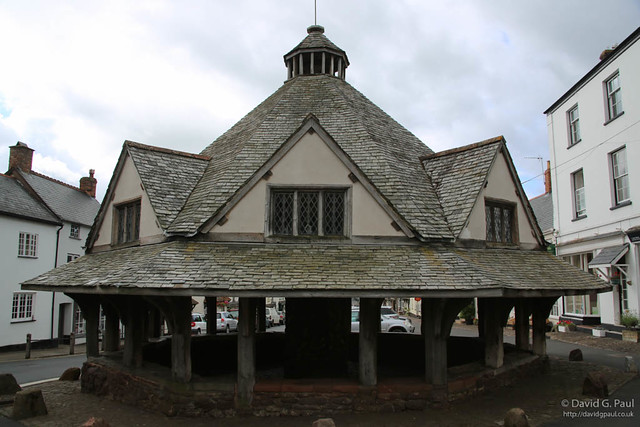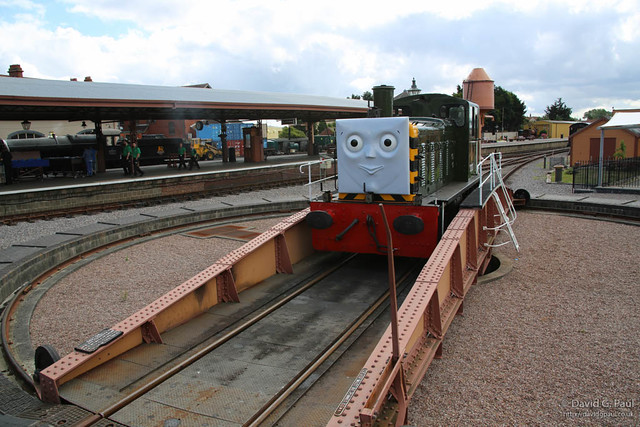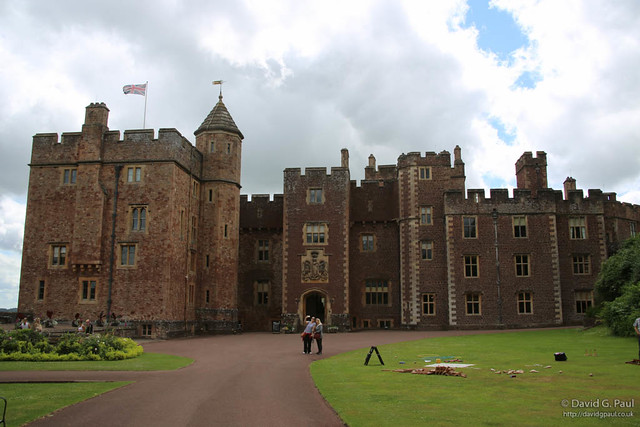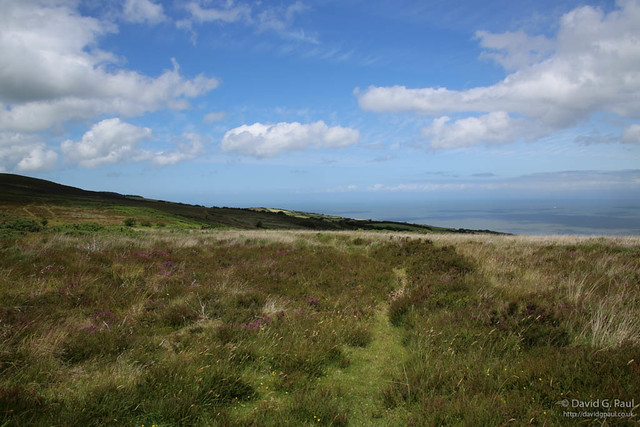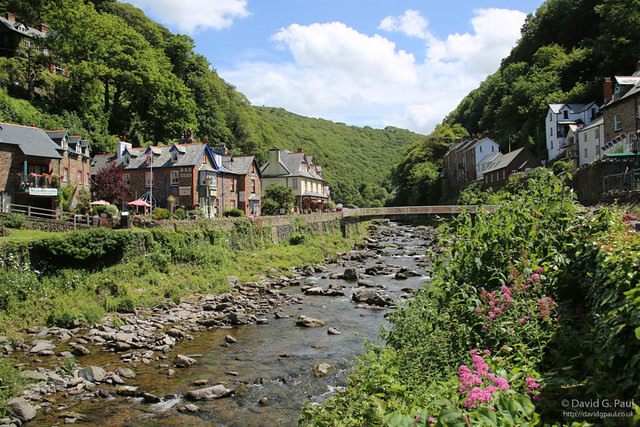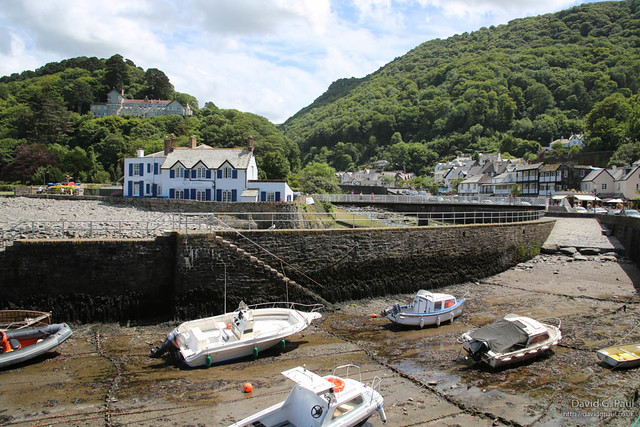We started the day relatively early so we could be on the road and heading further south. It wasn’t that much further to get to where we were staying, but as we couldn’t get into the cottage until 16:00 it meant we had time to explore a little along the way. Our first stop of the day was in the medieval village of Dunster which has a tithe barn, yarn market and many other listed buildings. We didn’t stay there long though, and drove on to Minehead instead.
As we arrived in Minehead the shops were just starting to open, but we also noticed some steam trains as we entered the town – one of them looked like Thomas the Tank Engine. So we decided to follow the signs to the steam railway and parked up at the station. This station is very old fashioned looking and was filled with steam trains. Usually it’s free to walk onto the platform, but due to this day being a special Thomas the Tank Engine day it meant they were charging entry. From outside the platform we could still see quite a few trains made up to look like the characters anyway, including one diesel engine.
After a brief time spent looking at the sea we then headed back along the road to Dunster Castle as it was almost time for it to open. Before entering we took the time to have a cup of tea and by the time we were done it was open. My sister wasn’t able to walk much due to issues from DVT recently, so they took us up to the entrance to the castle in a courtesy vehicle to save her walking up-hill with crutches.
Dunster Castle was once the site of a motte and bailey castle on a hill called the Tor; since the 19th Century it is now a country house with gardens owned by the National Trust, and views of the Quantock hills. It didn’t really take that long to walk around the castle, so before we knew it we were back outside. I had a quick look at what they referred to as “the crypt” but it was actually a cellar that they were trying to link some ghost stories to.
After lunch we then continued driving on through Exmoor to another town called Lynmouth which sits either side of the West Lyn and East Lyn rivers as they flow out to the sea. Above this place was it’s sister town of Lynton, but we decided that as it was getting closer to 16:00 we wouldn’t really have time to see that too. We parked up in Lynmouth and walked around some of the old fashioned shops there – most of which were along a very narrow street you wouldn’t get cars down.
We then drove on to a seafront town called Westward Ho! (yes, the exclamation mark is part of it’s name). The town gets it’s name from a Charles Kingsley novel of the same name, and started it’s development in 1865, ten years after the book was first published. We didn’t stop here long, but decided we’d be back here in the evening as it wasn’t that far from where we’d be staying.
The Crooked Lake Cottage we’d be staying at is located near Packham and Bideford, and once there we were finally able to unload our luggage. Once we’d done, and settled in we headed back out to Westward Ho! to eat chips by the sea. In the time since we’d left the tide had come in quite a bit and was now hiding a lot of the beach we’d seen previously. For a while I sat and watched the waves as they got closer and closer, and stated to crash up the wall by the promenade.
Our first full day of the holiday had now come to an end.
